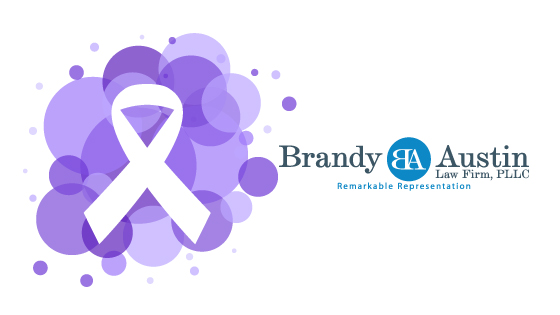
Domestic abuse is defined as a pattern of coercive, controlling behavior that is used to maintain power and control over another partner.
Domestic violence includes behaviors that physically harm, arouse fear, prevent a partner from doing what they wish, or force them to behave in ways they do not want.
Possessive and controlling behaviors don’t appear overnight, which is why it may be hard to notice if a partner is abusive in the early stages of a relationship. However, as the relationship grows, different kinds of control may become more noticeable.
Forms of Domestic Abuse
- Physical and Sexual violence
- Although this abuse is physical, it does not mean that marks are always left. Other times it can include damage such as:
- Shoving and pushing
- Slapping and punching
- Attacking with a weapon
- Attempts or threats to kill you
- Pushing for sex when you are uncomfortable or don’t want to
- Threats and Stalking
- Demanding of time with you and getting angry when you are alone. Using these tactics to coerce you into doing what they want.
- Checking up on your constantly
- Refusing to leave when you ask
- Embarrassing you in public
- Threatening self-harm if you leave them
- Spying, harassing, and making constant phone calls to a workplace or home
- Emotional and Psychological Abuse
- This tactic is used by an abusive partner to control your emotional well-being. Emotional abuse can be verbal or non-verbal
- Humiliation with remarks or gestures
- Yelling
- Using your children to manipulate you
- Controlling where you can and cannot go
- Placing little value on your ideas or words
- Twisting your words
- Preventing you from seeing friends or family
- Shifting responsibility from themselves onto you
- Monitoring phone and computer usage
- Isolating you from loved ones
- Economic Deprivation
- Forbidding you to work or attend school
- Harassing at workplace
- Withholding money
- Denying access to bank accounts
- Hiding assets
- Creating debt in your name
- This tactic is used by an abusive partner to control your emotional well-being. Emotional abuse can be verbal or non-verbal
- Demanding of time with you and getting angry when you are alone. Using these tactics to coerce you into doing what they want.
- Although this abuse is physical, it does not mean that marks are always left. Other times it can include damage such as:
Warning Signs that You May Be in an Abusive Relationship
- Do you avoid certain topics out of fear of angering your partner?
- Do you feel that you can’t do anything right for your partner?
- Do you believe that you deserve to be hurt or mistreated?
- Do you feel emotionally numb or helpless?
- Does your partner treat you so badly that you’re embarrassed for your friends or family to see?
- Does your partner blame you for their own abusive behavior?
- Does your partner see you as property or a sex object rather than a person?
- Does your partner have a bad and unpredictable temper?
- Does your partner threaten to commit suicide if you leave?
Why do People Abuse?
Domestic violence is stemmed from the need and hunger for control and power over the victim. Equality in a relationship is not their end goal. Instead, they are only happy when the victim is belittled by the abusive partner. The need to be prioritized in a relationship is greater than all else, including their partner’s emotions, goals, or well-being.
Abuse is typically a learned behavior. In some instances, when a person grows up with an abusive relationship being displayed by their parents or guardians, they take those actions into defining a normal and healthy relationship.
Abuse, however, can also be a choice.
In some cases, an abusive person may not recognize that they are being abusive or inflicting domestic violence on their partner.
Do Drugs and Alcohol Cause Abusive People?
Although alcohol and drug usage can escalate abuse at times, it is important to recognize that drug and alcohol issues alone do not cause a person to be abusive.
Who Can be a Victim of Abuse?
Anyone, regardless of their socioeconomic background, education level, ethnicity, race, sexual orientation, gender, or religion can be victims of domestic abuse.
Included in protentional victims are:
- A spouse
- Intimate partners
- Family members
- Children
- Cohabitants
Can Abusers Control their Abusive Behavior?
Abusers are able to control their behavior. In fact, abusers control their behavior all the time. This is evident in the way that they choose who their victims will be. They are controlled in public. This is seen when their actions in public don’t include insulting, threatening, or assaulting everyone who gives them grief. They control themselves until no one is around to witness the abusive behavior. In public, they therefore seem perfectly fine.
Abusers are also able to stop their abusive behavior when convenient for them. This is evident by abusers stopping their abusive behavior when convenient for them. Some examples include:
- Being in the public eye
- When police show up
- When others show up unexpectedly
- When they receive an important phone call
Hotlines in Texas
- 24-Hour National Domestic Violence Hotline– 800-799-7233
- Telecommunications device for the deaf- 800-787-3224
- 911
- [email protected]



